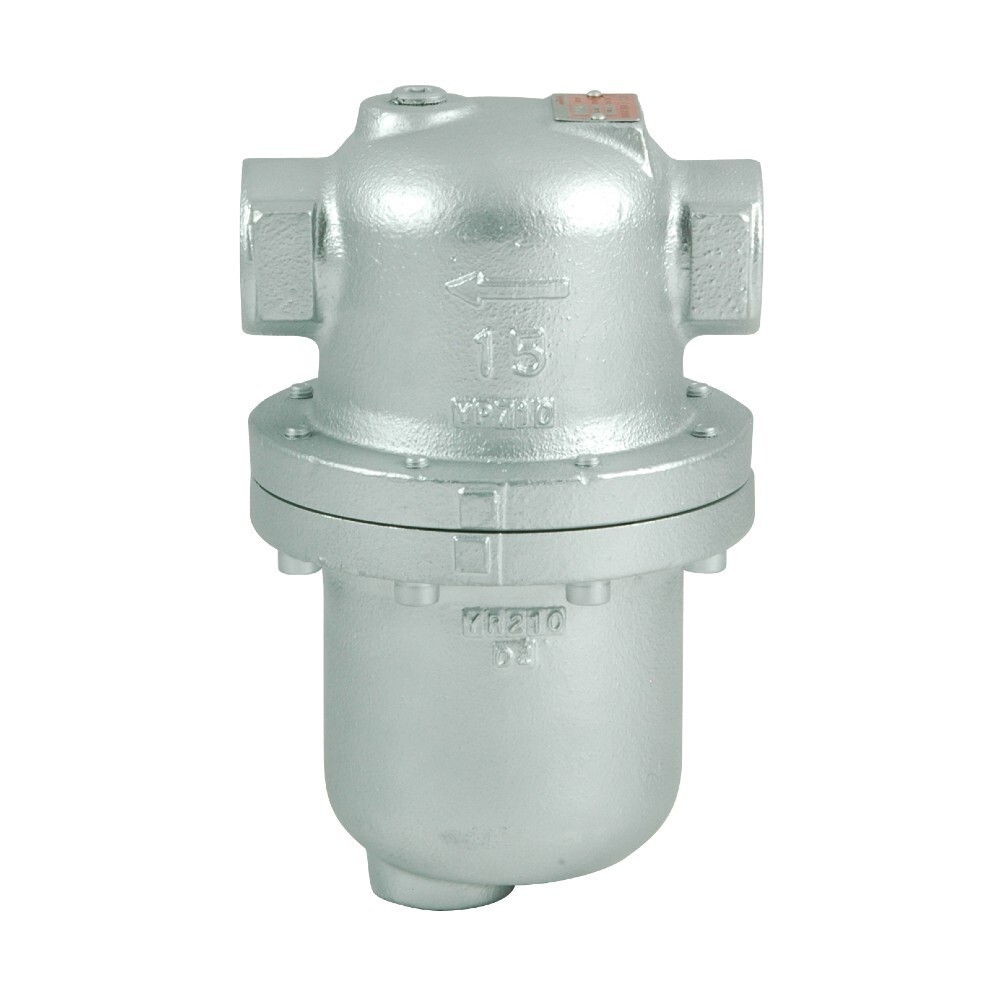Drain Separators in Steam Lines
30 June 2021
We all know that the quick and efficient removal of condensate from any steam system is, if nothing else, a critical safety issue. The build up of condensate and the transmission of that condensate down the pipework can lead to contamination, reduced thermal efficiency, noisy water hammer and in the worst case damage to pipework, valves and fittings, etc. Which can lead to injury of personnel.
In most cases we can overcome this potential problem by just adhering to good steam fitting practice during the design and installation phase and ensuring adequate drainage points are installed at all the obvious and engineered locations throughout the piping system.
In the perfect world steam could be 100% dry but sadly that is not the case in most process steam systems, in our imperfect world.
As we know, steam moves through the pipework system due to pressure drop, heat energy is given up and the steam starts to condense. So it can be said that, no matter how well our steam system is installed, that at the point of usage it is still possible, that the steam is contaminated with entrained moisture, and slugs of condensate, so it is wet and not 100% Dry, which may well have an adverse effect on your plant equipment and production.
Steam dryness is a key to efficient heat transfer and equipment longevity in process steam systems.
Maintaining Dry Saturated Steam as close as is possible to 100% dry is not easy, but if achieved can go a long way to increased productivity, once you maximise your steam dryness potential you have a start point for finer control over your production process.
A case in point is steam usage in an animal feed pellet mill.
Generally, a good pellet system needs to have a regulated supply of steam essential to a good pelleting operation. It doesn’t matter what kind of equipment or conditioner you have if the quality of steam is poor.
Steam conditioning is very important in achieving high quality pellets and increasing production rates. Starting the process with good quality dry saturated steam gives the production operators room to adjust pressures and flow rates for any given conditions on the day or product chemistry requirements.
The Steam Separator in its various forms is and has always been a genuinely useful addition to ensuring a steam quality at the point of installation. So whatever the dryness of the steam is prior to the installation of a separator the dryness quality downstream should be improved to some degree.
A case In point. Separators are installed on Sterilisers/Autoclaves in hospitals, to ensure a repeatable start point for steam entering the machine. Giving consistent sterilising outcomes. Exactly what we need, so we can feel comfortable when heading into the operating theatre.
With so many variables having an effect on any steam system at any given time, it is difficult to categorically place a resultant dryness value on your process, but from experience the correct installation of a Quality Steam Separator with the correct drain trap fitted, only improves things.
There are various types and names for steam separators, Centrifugal, Vortex, Baffle, Cyclone etc.
Have a look at our Yoshitake brand with their DS-1 and DS-2 models using the Cyclone principle in their design. They have had years of success with this style. https://www.valvesonline.com.au/ductile-iron-drain-separator

DS-1 DN 25 to 50 Screwed BSPT In stock
DS-2 DN 050 to 100 Flanged PN16 In stock.
For support with selection and system installation recommendations don’t hesitate to contact us.
Recent Blogs
Date Posted: 21 November 2024
International Valve Leakage Testing StandardsDate Posted: 10 November 2024
Understanding Industrial Grade Stainless Stee

















